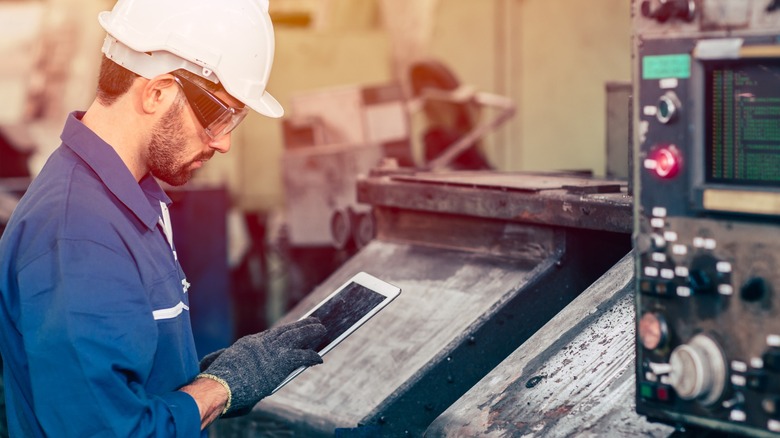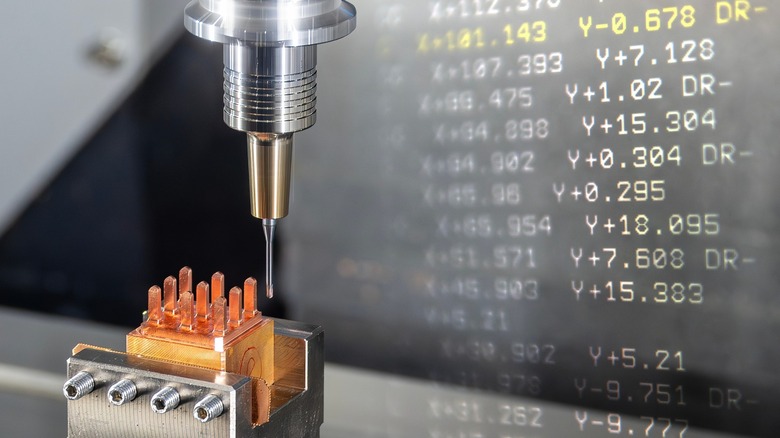What Does CNC Stand For In Tech & How Is It Used?
In the manufacturing and tech world, CNC stands for Computer Numerical Control. In its earliest days, the technology was used to control simple machines and fabricate useful products out of a variety of materials.
Before CNC, the machines that created those products were controlled by human hands using manual machines. The people operating those machines, known as machinists, had to manipulate them accurately using levers, dials, and hand wheels to shave precise amounts of material away from the finished product. By adding CNC to those machines and later developing dedicated CNC machines, computers could control the required precision movements, eliminating some of the opportunity for human error.
Modern CNC technology has evolved its capability to control some extraordinarily high-tech machinery, such as the satisfying machines involved in building cars. At the same time, the technology is so common that you can buy domesticated CNC machines for use in your home. In addition to 3D printers, laser engravers, and carving machines, there are table-top CNC machines that allow anyone to cut and weld metal, regardless of their fabrication skill level.
How do CNC machines work?
Early CNC machines required computer programs written by professional programmers. Before the evolution of CAD/CAM (Computer Aided Design/Computer Aided Manufacturing), CNC machines used Numerical Control programming that involved various codes to create a language understood by the programmer, the machinist, and the machine.
Machine movements were commanded by G-codes. G00 indicated rapid positioning, while G01 called for movements controlled by a desired rate of travel (feed rate). G02 called out more complex movements, such as helical/circular movements, clockwise, and G03 called out counterclockwise.
Other program functions relied on M-codes. For instance, M00 stopped the program for inspection or tool change purposes, M01 indicated an optional stop if selected by the machine operator, and M02 signaled the end of the program. Other machine functions, such as starting the machine spindle (cutter or chuck), were controlled by M03 for clockwise and M04 for counterclockwise, while M05 stopped the spindle. M03 and M05 could also control other attachments at the spindle, turning lasers, flames, and powered attachments on and off. In addition to G- and M-codes, the CNC program included distances, feed rate, and direction of travel for each machine axis. The speed of the spindle rotation (RPM) was controlled by an S-code.
Modern CNC machines use advanced programming techniques including CAD/CAM software as well as other software types. Consumer-grade CNC machines can often create a suitable program by importing a graphic and selecting the base material from a list of options.

